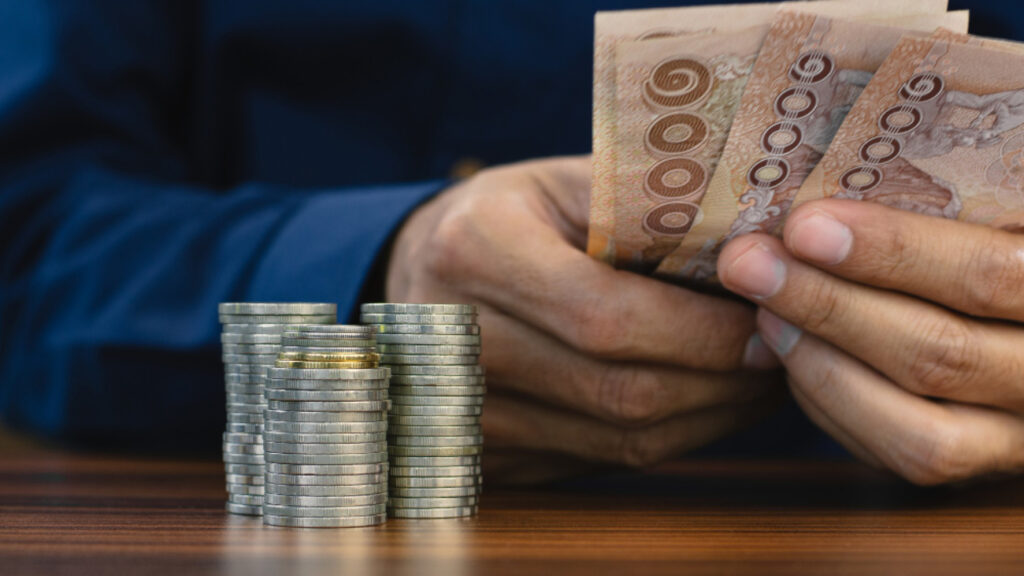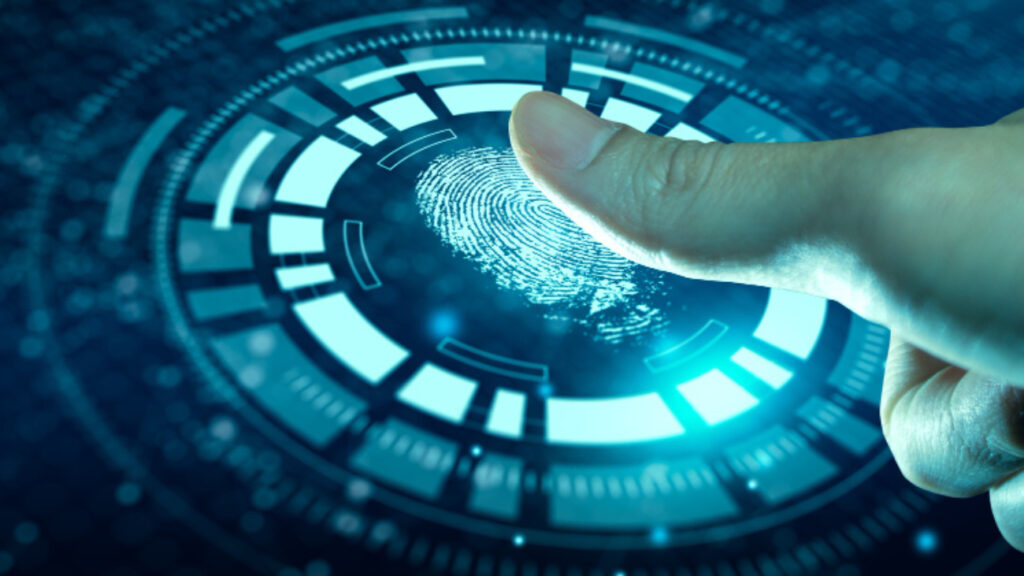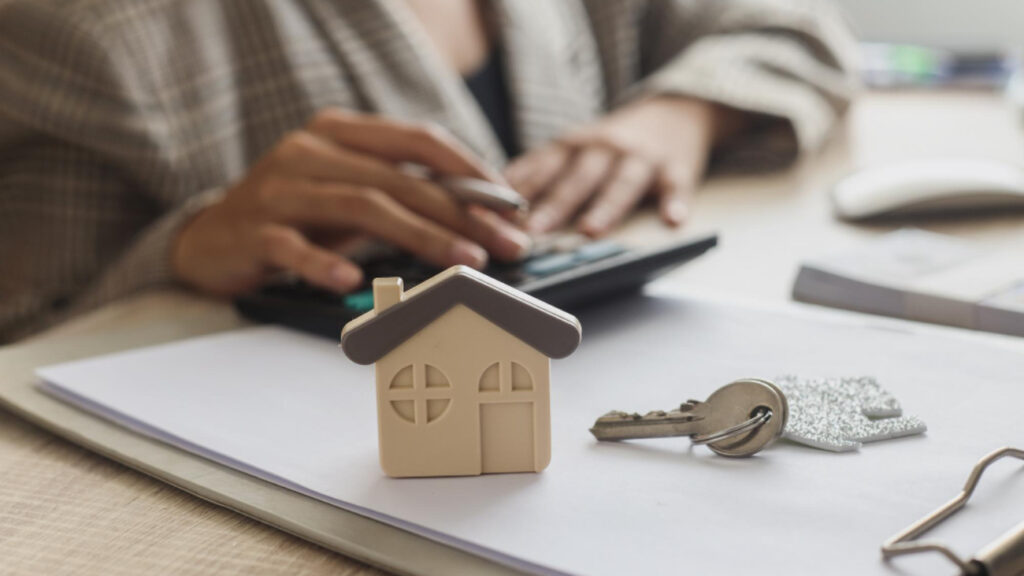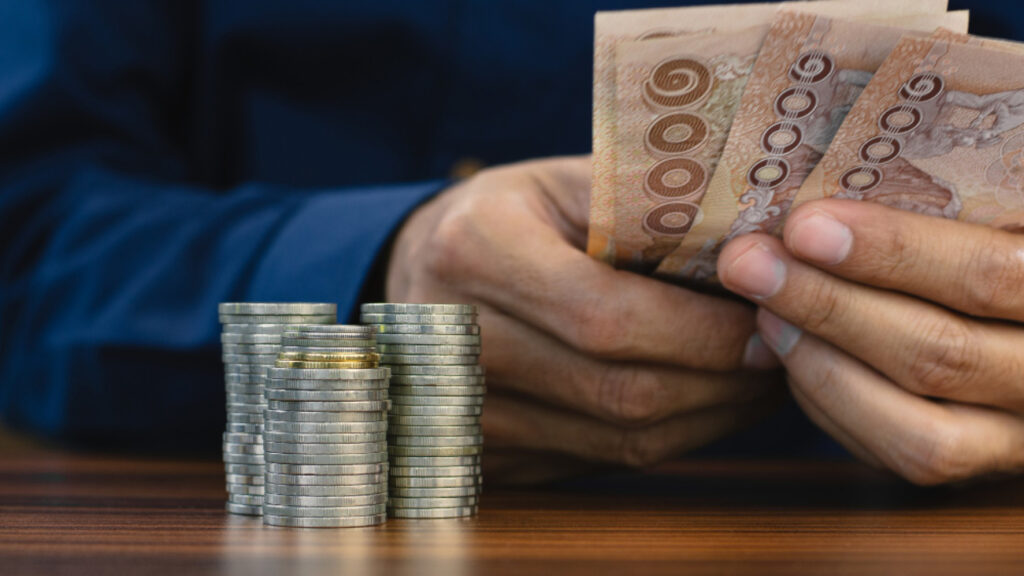With the help of smart devices seamlessly connecting and collecting data the Internet of Things (IoT) is rapidly transforming our living spaces stated by Bahaa Abdul Hussein. This interconnected environment significantly impacts the insurance industry, particularly home and life insurance.
Understanding the role of IoT in these sectors and how it might shape the future of insurance holds many merits. It will help both the customers and the insurance providers in making smarter investments.
Upgrading Risk Assessment: From Static to Dynamic
Home and life insurance have always relied on static data points like age, location and property history to assess risk and determine the appropriate premiums. There was less room for personalization.
Now IoT devices offer real-time insights into a homeowner’s behavior and the overall condition of their property. Insurers use this data to provide a more dynamic risk assessment model that is fairer and more personalized.
- Smart Home Devices: Leak detectors, smoke alarms and smart water meters monitor potential risks for water damage or fire. The accurate data allows insurers to offer proactive safety measures with lower premiums to homeowners.
- Wearable Fitness Trackers: Data from wearables like activity trackers and smartwatches informs life insurance companies about an individual’s health and lifestyle habits. The premiums now have greater flexibility in personalization based on health and fitness goals.
- Smart Security Systems: Real-time data on home security breaches or attempted break-ins incentivizes homeowners to invest in security upgrades. They can potentially earn discounts on their insurance policies.
Streamlining Claims Processing: Faster Assistance and Reduced Fraud
The manner in which insurance companies handle claims undergoes a major upgrade with IoT:
- Automated Claims: Smart home devices automatically detect and report incidents like water leaks or property damage, triggering a faster claims process for homeowners.
- Remote Damage Assessment: Insurers might use data from connected devices and photos captured by smart home cameras to remotely assess damage, expediting claim approvals.
- Fraud Detection: Analyzing data patterns from various IoT devices helps identify potential fraudulent claims. Insurers enjoy improved efficiency and reduced costs.
Conclusion
The integration of IoT with home and life insurance is still evolving. Collaboration is key for a successful future.
By working together, stakeholders can unlock the full potential of IoT. Policymakers and holders alike will benefit greatly from a more personalized, efficient and secure insurance practice. As our homes become increasingly connected, the future of insurance looks set to be driven by data and automation, shaped by the ever-evolving world of IoT.
The article has been written by Bahaa Abdul Hussein and has been published by the editorial board of www.fintekdiary.com.







